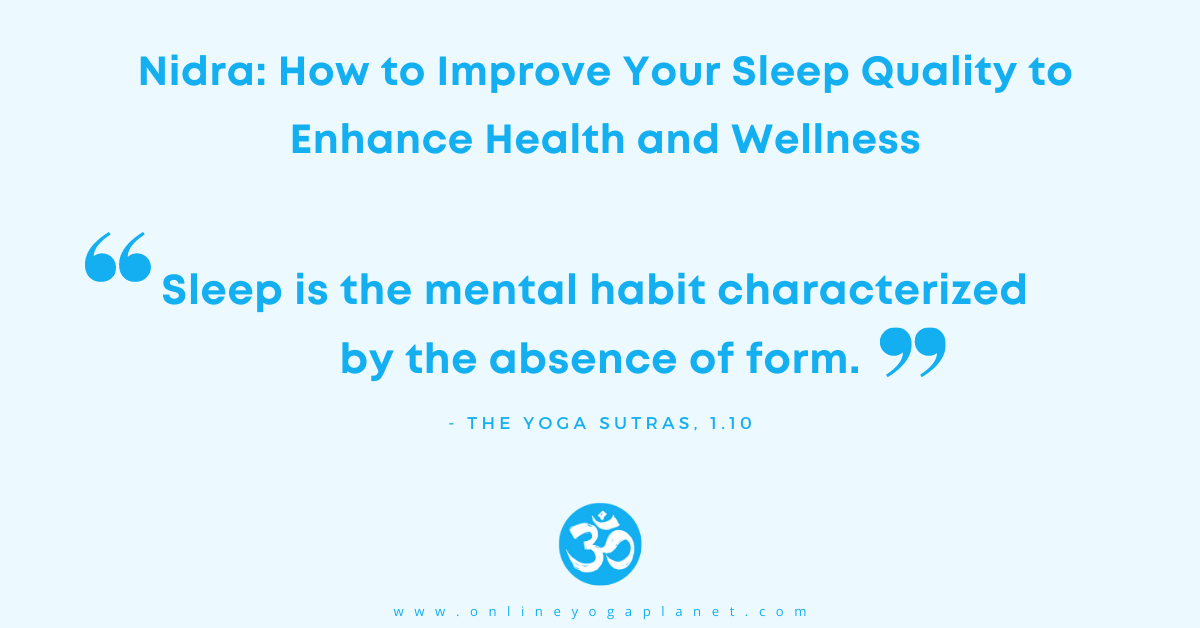
oga Nidra, often referred to as "yogic sleep," is a powerful technique that promotes deep relaxation and rejuvenation. Originating from ancient yogic traditions, this practice is gaining popularity as a powerful tool for stress reduction, improved sleep, and overall well-being. If you're curious about embarking on a Yoga Nidra journey, this blog post will guide you through what to expect during a session, ensuring you feel prepared and comfortable.
Article Topics
Understanding Yoga Nidra
Before diving into the session itself, it’s crucial to understand the essence of Yoga Nidra. Unlike traditional physical yoga asanas, Yoga Nidra is a guided meditation practice that takes you to a state of conscious awareness between wakefulness and sleep. Its primary goal is to induce a state of deep relaxation, allowing you to access the subconscious mind and explore your innermost self. By unlocking this potential, you can experience profound healing and transformation.
Are You Supposed to Fall Asleep During Yoga Nidra?
During a Yoga Nidra session, it’s common for practitioners to experience a state of deep relaxation that can resemble sleep. However, the goal of Yoga Nidra is to remain consciously aware while accessing a state between wakefulness and sleep. It is a state of deep rest where you are aware of your surroundings and the instructions given by the teacher or the recording.
While some people may drift into sleep during the practice, the intention is to maintain a relaxed yet alert state of consciousness. The practice aims to help you access the subconscious mind and explore your inner self, which may not be possible if you are fully asleep. The guidance and instructions provided throughout the session are designed to keep your mind engaged and aware.
If you find yourself falling asleep during Yoga Nidra, it may indicate that you are in need of rest and relaxation. However, to fully experience the transformative potential of the practice, it is beneficial to strive for a state of relaxed awareness and stay present throughout the session.
It’s important to note that even if you do fall asleep during Yoga Nidra, it can still have therapeutic benefits. The body and mind receive deep rest and rejuvenation, promoting overall well-being. If falling asleep becomes a consistent issue, you may consider adjusting your practice by choosing a time when you are more awake or practicing in a slightly seated position to help maintain alertness.
Remember that Yoga Nidra is a deeply personal practice, and each person’s experience may vary. The most important aspect is to allow yourself to fully relax and surrender to the process, whether that means remaining consciously aware or drifting into a peaceful sleep-like state. Trust the process and let it unfold naturally, knowing that both states can offer their own unique benefits.
What Happens in Yoga Nidra?
During Yoga Nidra or yogic sleep, Practicers choose a clear intention, lie in Savasana (corpse pose) position while closing their eyes and focusing on breathing. Practicers shouldn’t actually fall asleep but relax into a state of consciousness between being awake and sleeping. This consciousness is awareness sleep, a layer deeper than relaxation.
You will want to create a Sankalpa (positive affirmation) to repeat in your mind a few times. Sankalpa is a positive phrase that usually begins with “I am…” For example, “I am loved” or “I am free.” These are commonly referred to as yoga nidra scripts.
Throughout your practice, your guide could take you through body sensations or visualizations. These are just a few techniques used in Yoga Nidra. Body sensation guides can take you through the different feelings of your body, for example, the feeling between your fingers or the warmth on your head. Visualizations are also sometimes used to keep the mind focused. These can be images of nature, like a flowing river or a lush meadow.
Once you complete the guided practice, you could feel the benefits as soon as immediately. A 30-minute session of Yoga Nidra can feel like your body got two hours of deep sleep. This period of relaxation helps repair and restore your body.
Experts say the best time to practice Yoga Nidra is anytime, except right after eating. This is because you’re more likely to fall asleep after a meal. Most sessions of Yoga Nidra typically last about 30 to 40 minutes. Most experts say you should practice Yoga Nidra daily to feel all of the benefits it has to offer.
Preparing for a Yoga Nidra Session
To fully immerse yourself in the experience, it’s essential to prepare adequately. Begin by creating a quiet and comfortable space free from distractions. Use a mat, bolster, or blanket to support your body, ensuring you remain cozy throughout the session. Set an intention or a specific focus for your practice, whether it’s stress relief, deep healing, or personal growth.
Tips for a Successful Yoga Nidra Experience
To make the most of your Yoga Nidra practice, consider these helpful tips:
- Consistency: Aim for regular practice, ideally several times a week, to experience the cumulative benefits of Yoga Nidra.
- Finding a Qualified Instructor: Seek out a certified Yoga Nidra instructor who resonates with your needs and style preferences. Alternatively, you can explore pre-recorded sessions by renowned teachers.
- Time of Practice: Choose a time when you can dedicate yourself fully to the session without interruptions. Morning or evening, when the mind is naturally more relaxed, can be ideal.
- Patience and Openness: Approach the practice with a sense of curiosity and non-judgment. Yoga Nidra is a journey of self-discovery, and each session can bring unique experiences.
- Journaling: Keep a journal to record your experiences, insights, and any shifts you notice throughout your Yoga Nidra practice. This can deepen your self-awareness and provide a reference for personal growth.
- Integration: After the session, take a few moments to slowly transition back into your daily activities. Reflect on the practice and carry its essence with you as you go about your day.
Final Thoughts on What to Expect During a Yoga Nidra Session
Embarking on a Yoga Nidra journey can be a transformative experience, allowing you to tap into deep relaxation, inner healing, and self-discovery. By understanding what to expect during a session and implementing the suggested tips, you can enhance the effectiveness of your practice and fully reap its benefits. Whether you’re seeking stress relief, improved sleep, or personal growth, Yoga Nidra offers a profound path towards holistic well-being. Embrace this beautiful practice with an open heart and mind, and let its soothing embrace guide you towards a blissful state of consciousness.
If you are interested in learning more and becoming certified as a yoga nidra practitioner, consider these top notch yoga nidra certifications online. Incorporating the practice of Yoga Nidra into your routine can bring about profound positive changes in your life. Begin your journey today and unlock the potential for deep relaxation, inner healing, and self-transformation.



